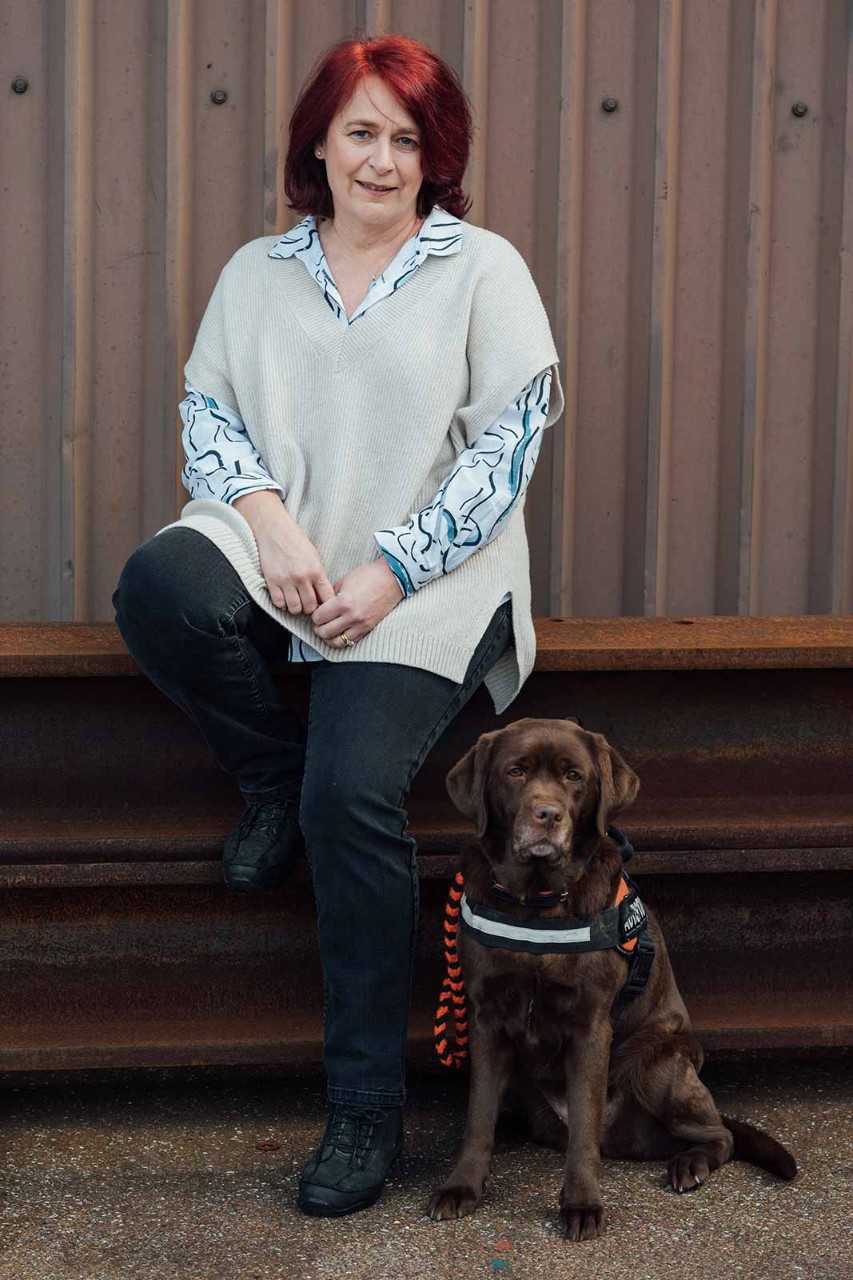
Annette Boulter FCCA is, by her own admission, a fairly atypical person. She’s both an engineer and a finance director – jobs that are still overwhelmingly occupied by men. She’s from a working-class, North of England background and, although she failed her A-levels twice, she still went to university. And if that wasn’t enough divergence from the norm for one person, Boulter also recently discovered she has Autism Spectrum Disorder (ASD).
In recent years, awareness and acceptance that ASD affects women too has grown steadily – as has the knowledge that the disorder can manifest itself quite differently in women. But since this change is only recent, many women are being diagnosed with ASD later in life, meaning they’ve spent a significant part of their careers struggling with a neurological condition they didn’t know they had.
‘I may not be great at looking you in the eye, but I can still build a data model to run the second-largest oil refinery in Europe’
That’s certainly Boulter’s experience as she casts her mind back over her working life without a diagnosis. ‘I was diagnosed only five years ago,’ she says, ‘and although I wouldn’t say that my success has been in spite of my autism, I’d say that it would definitely have been easier to know about it earlier’.
Boulter sketches out a timeline that will be familiar to many women with autism – one characterised by wild variance in success, powerful and unpredictable swings in the ability to cope, difficulties performing ‘ordinary’ tasks, and unintended run-ins with colleagues.
Why women often get diagnosed later
As women are expected to be more sociable – and as a narrower range of social behaviour is tolerated in women – autistic women learn very early in their lives to hide differences in their behaviour that others find unusual or unacceptable.
Sometimes this hiding or ‘masking’ behaviour is so ingrained that the person isn’t even aware that they are doing it.
That said, ‘masking’ or ‘camouflaging’ is both exhausting and stressful. But because many women mask so successfully, parents and educators often miss the early signs of autism and it’s sometimes not until the woman has a child who receives an autism diagnosis – or they end up having a breakdown – that they are diagnosed.
Bumpy road to diagnosis
After struggling at school, Boulter went to (then) Southbank Polytechnic where a different type of teaching meant she thrived. Her first job out of university was at Esso, where she excelled mainly because, she says, ‘it was a 100% meritocracy and I was largely left alone with my spreadsheets.’
However, as she adds: ‘There were clear signs that everything wasn’t so-called “normal”. I’d characterise my behaviour at that time as alternately amazing and appalling,’ she says.
She felt she had to do a lot of pretending, didn’t always understand how to get along with the ease others seemed to manage, and spent a lot of time masking (see boxout) – at great cost to her energy and stress levels.
‘My employer knows that a few small changes from them means I can work to my full potential’

And sometimes the masking failed. ‘I walked away from one job,’ she says, ‘and at Thames Water, I was just totally out of phase with the team’. She had counselling several times in her early career, but it wasn’t until she received her diagnosis and the therapy was targeted towards her neurodiversity that it started to work.
Boulter seems to have found a happy niche now, though. She’s the group finance director for the UK arm of Hidrostal, a Swiss manufacturer of industrial-grade pumps. The three companies that make up the UK business have approximately 140 employees and a joint revenue of around £25m.
It’s also ultimately a not-for-profit trust, with high levels of staff diversity, and is very environmentally conscious. The business, she says, is aware of her diagnosis and happy to make accommodations. ‘They know that a few small changes from them means I can work to my full potential,’ she says.
‘People are a lot easier to talk to if you can just talk about the dog’
Canine support
One of those changes, says Boulter, is allowing the presence of her support dog Doris, a Labrador, who Boulter credits with her ability to better manage her autism.
‘Autistic people can be hyper-focused sometimes,’ she says, ‘Doris reminds me to eat, to drink, to take a break. She’s completely tuned into my mood too. Dogs know when you’re struggling and they’ll come and sit with you to calm you down.’
Doris also helps ease the social side of things – ‘networking is a nightmare, but people are a lot easier to talk to if you can just talk about the dog’.
‘If I don’t get involved in advocating for neurodiverse women in the profession, then it’s not fair’
Doris means that Boulter is also ‘out’ at work, something she thinks is very important. ‘If you can, I think you should shout it from the rooftops,’ she says, of sharing her ASD diagnosis. ‘If I’m honest, it’s partly why I’m a member of the ACCA Corporate Sector Members Network Panel.
‘If I don’t do things like that then I’ve wasted an opportunity to say to other women that you can be autistic and still share your skills; still be open about who you are, and be successful. If I don’t get involved in advocating for neurodiverse women in the profession, then it’s not fair.’
Boulter says that she’s glad it’s a lot better for the girls and women going into work in the next decade. ‘Employers are realising that the accommodations they have to make are pretty simple and the benefits they get out of neurodiverse people are huge. Making the odd effort here and there means that these women won’t leave your business, or worse, stay there but be miserable, exhausted and under-utilised.’
Asked to sum up the benefit of being neurodiverse at work, she laughs and says: ‘I may not be great at looking you in the eye when I’m talking to you, and I may not be able to add numbers in my head, but I can still build a data model to run the second-largest oil refinery in Europe.’
More information
For more information on autism in women, visit the National Autistic Society’s website
Read more about how autism in women might look from the Asperger/Autism Network





